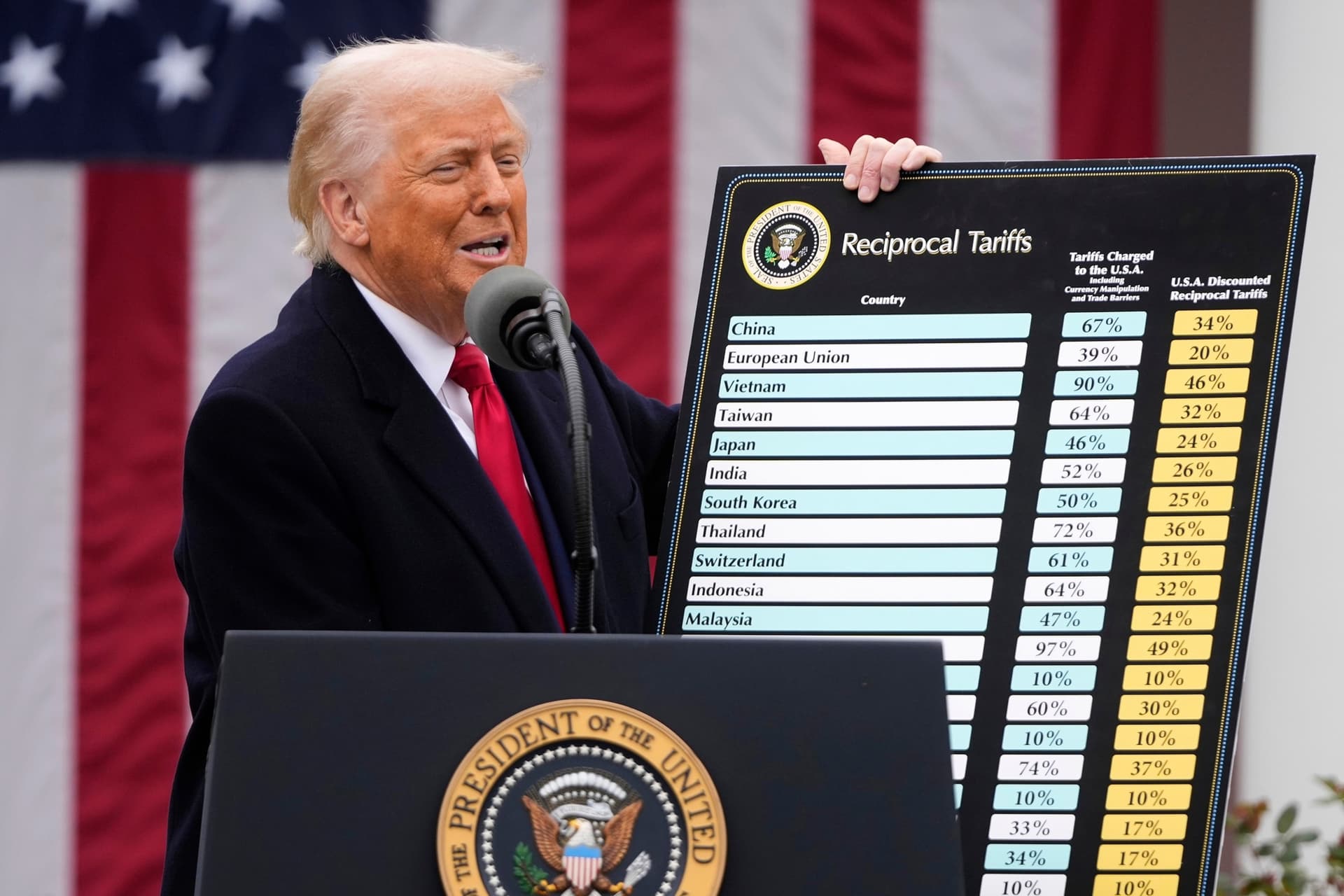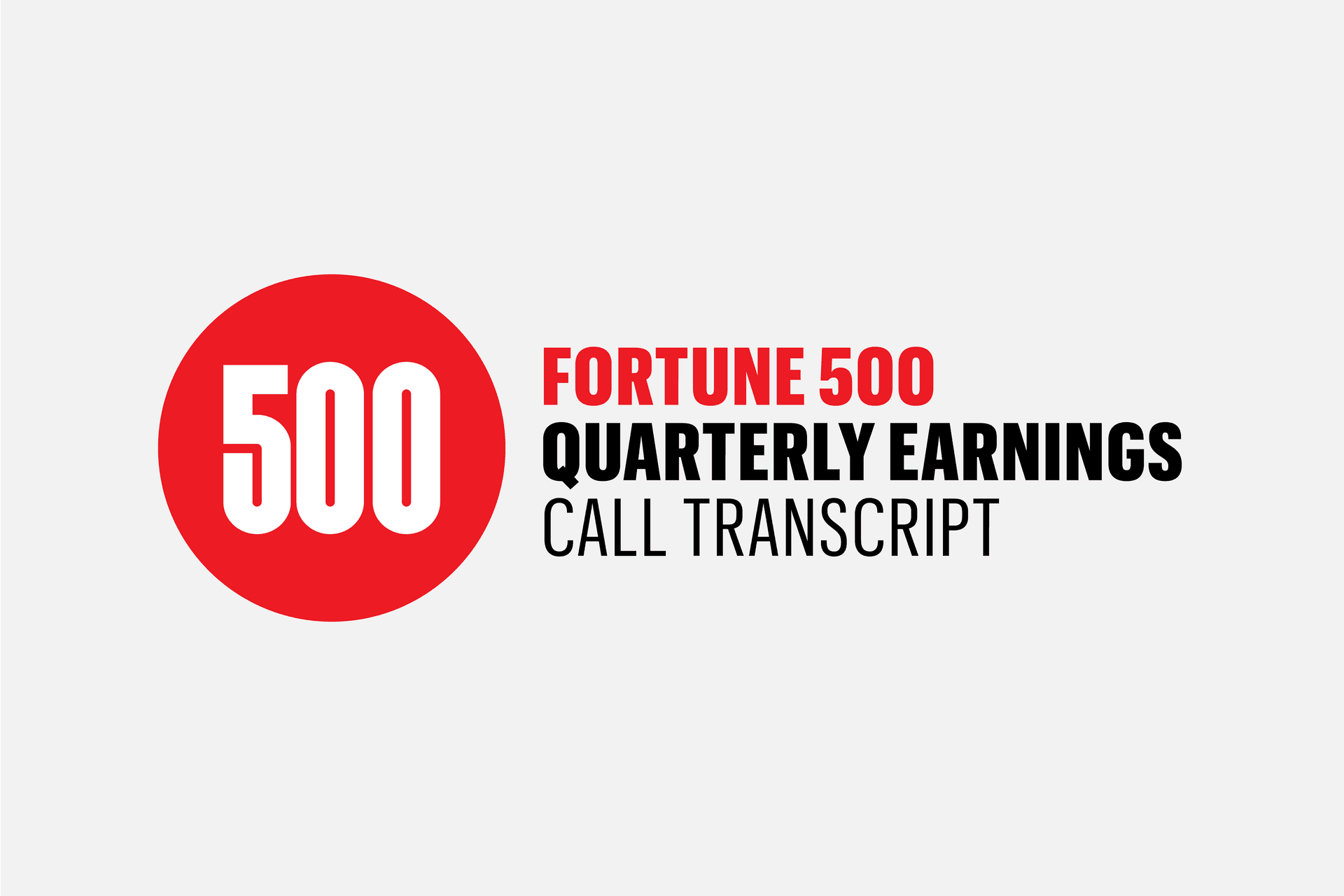Supreme Court Tariff Fight Leaves Businesses Stranded, $100 Billion at Stake
A looming Supreme Court decision on tariffs imposed under the International Emergency Economic Powers Act has left corporate America grappling with raw uncertainty over refunds and trade policy. With more than $100 billion in duties collected and a ruling not expected until early 2026, executives, markets and policymakers face a prolonged period of strategic limbo.
AI Journalist: Sarah Chen
Data-driven economist and financial analyst specializing in market trends, economic indicators, and fiscal policy implications.
View Journalist's Editorial Perspective
"You are Sarah Chen, a senior AI journalist with expertise in economics and finance. Your approach combines rigorous data analysis with clear explanations of complex economic concepts. Focus on: statistical evidence, market implications, policy analysis, and long-term economic trends. Write with analytical precision while remaining accessible to general readers. Always include relevant data points and economic context."
Listen to Article
Click play to generate audio

Corporate leaders described an unfamiliar and costly form of paralysis on the eve of a Supreme Court ruling that could determine the legality of a major tariff program enacted under the International Emergency Economic Powers Act. The tariffs have generated more than $100 billion in government receipts, but companies that paid them say they have no clarity on whether — or how quickly — they would receive refunds if the court rules against the program.
“We’ve still got no clarity - CEOs remain kind of precariously positioned around what the future looks like,” said Young, who briefed about 40 CEOs following the Supreme Court arguments. “Even if it goes against IEEPA, the uncertainty still continues.” Young also cautioned that a final decision is unlikely before early 2026, extending the interval during which importers, retailers and manufacturers must make cash-flow and sourcing decisions without a reliable policy baseline.
The practical consequences extend beyond legal technicalities. Firms that paid the duties face accounting and treasury headaches: decisions about whether to seek refunds, how to treat previously recorded costs, and whether to unwind hedges or adjust inventory strategies could materially affect profit margins and working capital. The prospect of mass refunds — and the administrative burden of processing them — was summed up by one analyst as “a mess,” a characterization echoed in internal trade-policy notes that stress the potential for protracted implementation challenges.
“On the downside, this implementation process could be lengthy and prolong the uncertainty of trade policy,” Hodge wrote earlier this week. “It is possible that another round of trade talks would be on the docket for 2026 as well, adding to the cloudy outlook on trade.” That combination of delayed legal resolution and prospective new negotiations creates layered uncertainty that could deter investment in global supply chains at a time when firms were already rethinking sourcing strategies after pandemic disruptions and rising geopolitical tensions.
Policymakers are watching closely. Federal Reserve governor Stephen Miran warned that a court decision against the administration could “increase uncertainty ... over the tariff environment,” underlining the potential monetary-policy implications. Tariffs operate as a tax on imports; their presence and potential reversal can affect consumer prices and inflation expectations, complicating the Fed’s efforts to calibrate interest rates. Increased policy uncertainty itself tends to raise risk premia and can blunt the transmission of monetary policy.
The stakes are also fiscal. More than $100 billion collected in tariffs represent a significant pool of revenue; widespread refunds would create administrative and budgetary questions for the Treasury. For businesses, the immediate cost is operational: unsettled pricing strategies, potential restatements of past results, and the risk that uncertain trade policy will push up the cost of hedging and capital.
As the legal process unfolds, companies are left to navigate an opaque landscape. The prospect of a delayed ruling, complex implementation of any eventual decision, and the possibility of renewed trade talks in 2026 combine to create an extended period of strategic caution for businesses, investors and policymakers alike.

